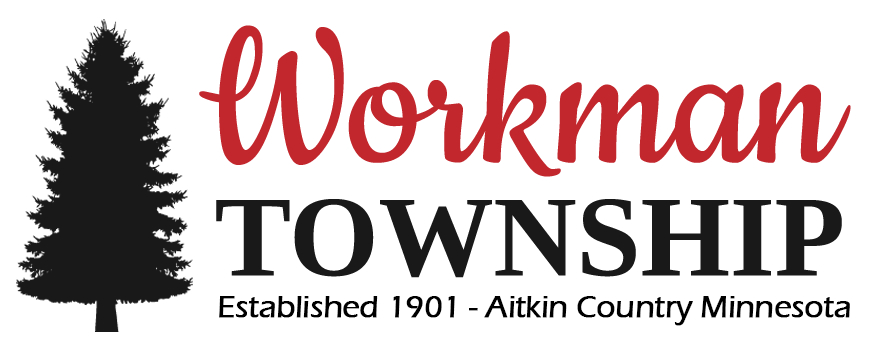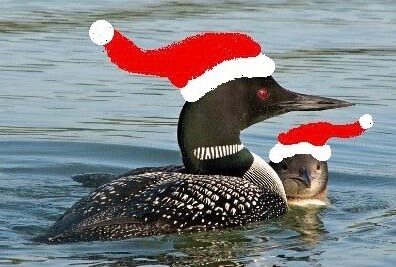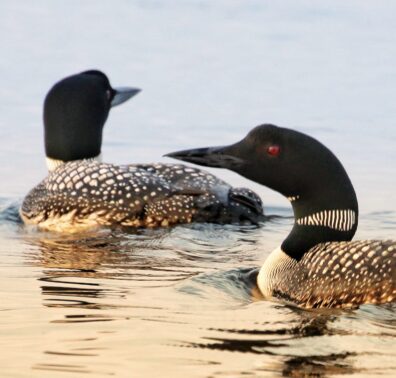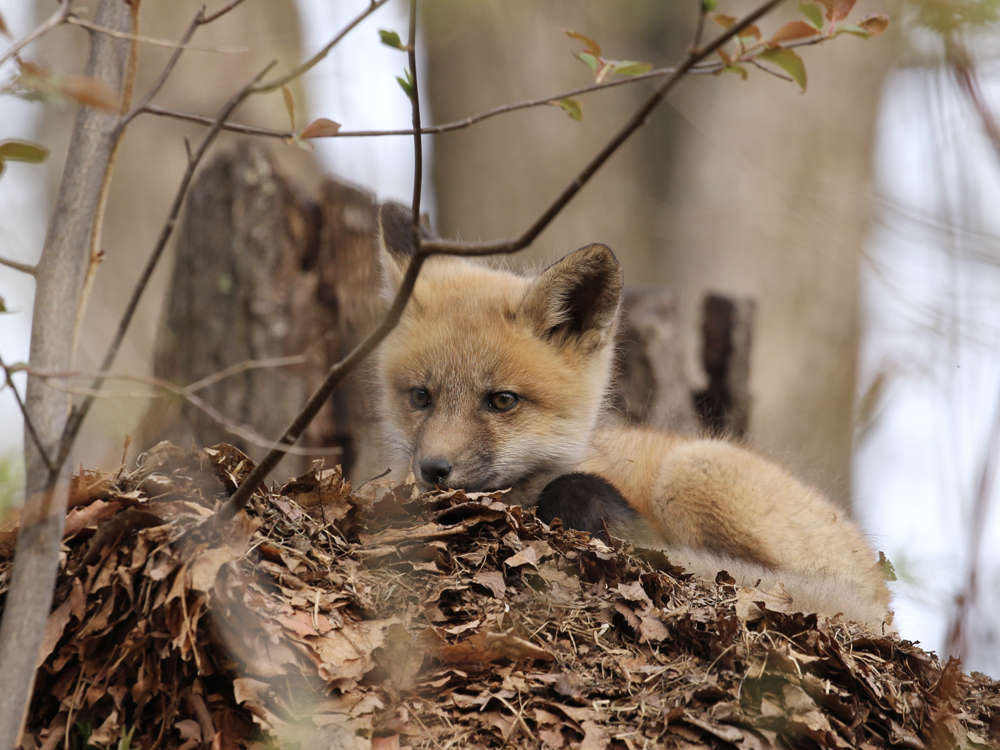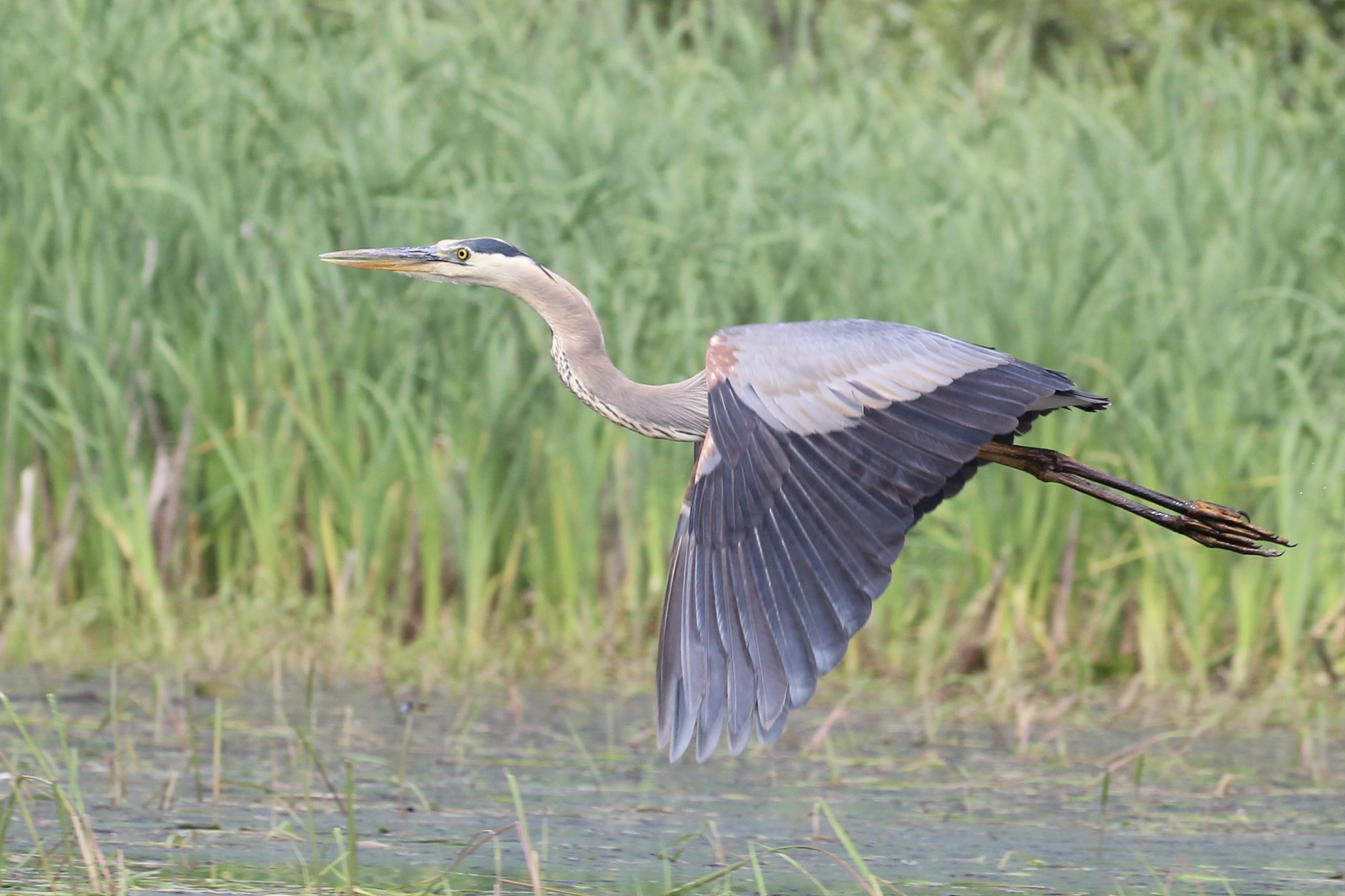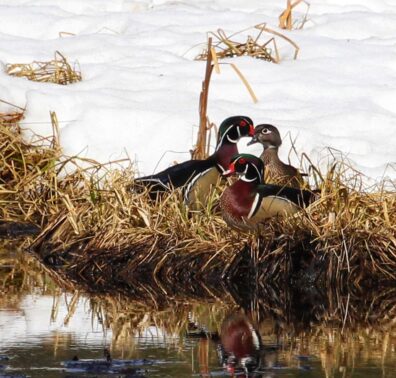Mission Statement
The Workman Township Board is dedicated to providing safe travel to its citizens and visitors throughout the year. We invite everyone traveling to enjoy the beauty of our township including woods and wildlife, lakes and rivers.
Welcome To The Workman Township Website!
We are pleased to have this available for our township residents and others who may be interested in the activities of our township. As we go along we will be making improvements and additions to our website. We will appreciate your comments and suggestions.
Workman Township is located in Aitkin County, Minnesota. The township, named for a pioneer settler, borders the west side of Big Sandy Lake and the Sandy Lake flowage. On the west side of our township the Mississippi River flows south through our township border. Workman Township was established in 1901 which is the year that Theodore Roosevelt became the 26th President of the United States, and Lakeview Cemetery was established in 1903, the same year Henry Ford started Ford Motor Company.
The 1972 census for Workman Township showed 118 residents. The state demographer recently sent us information showing that at the end of 2022 our township had 222 permanent residents and 94 residences. Over these 50 years we have grown slightly over two year-around residents per year. This data does not take into account the many seasonal residents we have; weekenders and summer residents at their lake homes. During the summer months and many weekends it is estimated that the township more than doubles in population. Holidays such as Memorial Day, July 4th, Labor Day and the opening of fishing and deer season cause an even larger increase in visitors. Over the past 3 years we estimate that at least five new year-around dwellings have been built as well as several seasonal dwellings.
As there is much land for property development, we anticipate even more growth in the coming years. Workman Township is a good place to live. Ask any resident or seasonal resident.
Township History
Workman Township has completed a history of our township with the assistance of John Gromes and staff of the McGregor Voyageur, and the interviews of many area citizens on our history. We thank everyone for all their efforts and input. A total of five articles were published in the Voyageur Press. We hope you will find the article interesting and informative. When reading the article if you notice anything that is missing or needs more clarification please contact us.
Wildlife Found In Our Area
Wildlife Photos: Taken by Brenda Hadrich, area wildlife photojournalist and contributor to McGregor Voyageur Press. Click on the photo to view more.
Workman Township Monthly Meeting
All scheduled meetings start at 4 pm on the 3rd Wednesday of the month. Special meetings will be posted as necessary. All scheduled meetings for April, May, June, July, August, September, October are held at the township hall, 24301 480th Street McGregor, Minnesota 55760-6010 (County Road 3). Meetings for November, December January, February, March are held at Fisherman’s Bay, 50933 MN Hwy 65, McGregor, MN 55760 Meeting information is posted on the bulleting board at the town hall, Sather’s Store, and Fisherman’s Bay.
- May 15th (Workman Town Hall Location)
- June 19th (Workman Town Hall Location)
- July 17th (Workman Town Hall Location)
Any changes in date, time or location will be posted on the website and at the bulletin boards at the townhall and Sather’s. If required, notices will also be published in the McGregor Voyageur Press.
